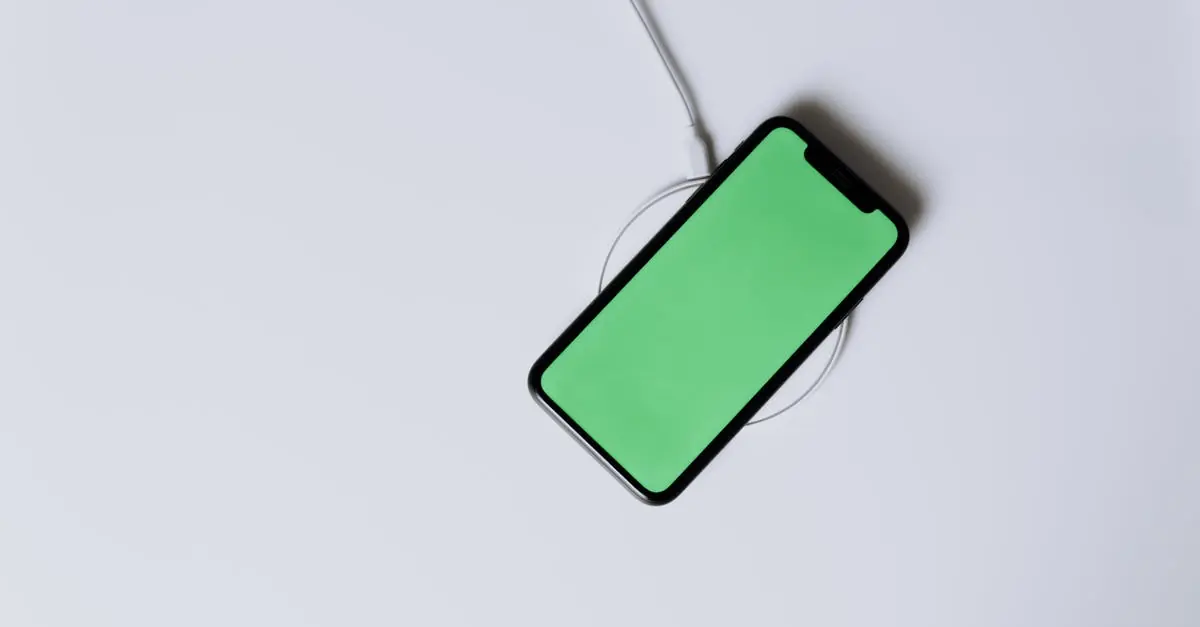Picture this: you’re stranded without your trusty iPhone, staring at a lifeless screen that once buzzed with notifications. You plug it in, but is it really charging or just playing dead? It’s a modern-day mystery that leaves many scratching their heads and staring at that little lightning bolt like it holds the answers to life itself.
In a world where our phones are practically an extension of ourselves, knowing whether your dead iPhone is charging can feel like a matter of life and death. Fear not, tech warriors! This article dives into the signs that your device is indeed waking from its slumber. Get ready to unravel the enigma and reclaim your connection to the digital world.
Table of Contents
ToggleUnderstanding iPhone Charging
Understanding the charging process is essential for troubleshooting a dead iPhone. Several indicators reveal whether the device is charging successfully.
Common Charging Indicators
A charging cable connected to the iPhone often suggests that it is receiving power. Look for the lightning bolt icon on the screen, which indicates charging activity. A successful connection shows a battery icon with this symbol. If the device vibrates or emits sounds when plugged in, that usually indicates it is charging. The charging port must be clean and free from debris, as particles can obstruct the connection.
Battery Status Signs
Battery status plays a crucial role in determining if an iPhone charges. A black screen usually means the battery is dead; however, this can change if the device connects to power. An iPhone may display a charging screen with a low battery icon, confirming that it is receiving power. If the battery icon shows a percentage while plugged in, that means charging is progressing. Users can also check the battery health under settings to ascertain its overall condition and charging efficiency.
Identifying a Dead iPhone
A dead iPhone can be frustrating, especially when there’s uncertainty about whether it’s charging. Identifying key symptoms helps determine if the device is unresponsive or truly dead.
Symptoms of a Non-Responsive Device
A black screen often signals a dead device. Users may notice the absence of notifications or sounds, which indicates inactivity. A phone that won’t respond to button presses further clarifies the situation. Checking for signs of any charging indicators, such as the lightning bolt icon, is essential. In some cases, connectivity issues can prevent the device from displaying charging signs even when it’s plugged in.
Troubleshooting Steps
Start by connecting the iPhone to a charger for at least 15 minutes. Verifying that the charging cable and adapter function properly can save time. Inspect the charging port for debris or damage. A clean port enhances the charging connection. Next, try forcing a restart by holding down the appropriate buttons for the model. If the phone remains unresponsive, using a different outlet or charger may yield better results. Checking battery health in settings provides insight into its overall condition.
Charging Your Dead iPhone
Understanding how to charge a dead iPhone is essential for a quick recovery. Several methods ensure a successful charge after a dead battery incident.
Recommended Charging Methods
Connect the iPhone to a wall charger for the most effective charging experience. A direct power source facilitates faster charging compared to a computer USB port. Allow the device to charge for at least 15 minutes. This timeframe often prompts the display to show a battery icon if the phone is receiving power. Selecting a high-quality charging cable also improves the likelihood of a successful connection. Using an Apple-certified adapter enhances compatibility and performance.
Using Third-Party Chargers vs. Original Chargers
Using third-party chargers can lead to charging inefficiencies. Many low-cost options lack the necessary safety features and power output required for optimal performance. Original chargers, designed specifically for iPhones, ensure reliable charging and battery health preservation. When using original Apple chargers, compatibility with software updates is seamless. Third-party products may not be up to date, posing a risk of malfunction. Always consider certification labels, like MFi (Made for iPhone), to select trustworthy third-party alternatives. Prioritizing quality can minimize the risk of damage and ensure the device charges effectively.
When to Seek Professional Help
Noticing persistent problems with a dead iPhone may indicate it’s time for professional assistance. If the device shows no response after numerous troubleshooting attempts, seeking help is wise. Signals like unusual sounds, repeated charging attempts with no results, or overheating can suggest underlying issues.
Consider visiting a certified repair center or contacting Apple Support if the iPhone remains unresponsive. They possess the tools and knowledge to diagnose complex problems that may not be evident during basic checks. Ignoring signs such as screen flickering or random shutdowns can lead to more significant damage.
A worn-out battery can impact performance as well. If charging health in settings shows significantly reduced capacity, a battery replacement might be necessary. Apple technicians can perform evaluations to confirm battery issues and offer replacement options.
Persistent software glitches could also cause charging problems. In these cases, professionals can perform a software restore without data loss, ensuring the device functions correctly again. Familiarity with routine software updates can prevent many issues, making expert assistance less frequent.
Explore warranty options before proceeding with repairs. If the device is under warranty or covered by AppleCare, repairs might incur little to no cost. Keeping documentation handy can ease the process of validation during consultations with support staff.
Understanding the charging status of a dead iPhone can alleviate frustration and help users reconnect with their devices. By following the outlined troubleshooting steps and recognizing key indicators of charging, users can navigate this common issue with confidence.
Investing in quality charging accessories and regularly checking battery health can enhance overall performance. If problems persist despite troubleshooting efforts, seeking professional assistance is essential to address underlying issues. With the right approach, users can ensure their iPhones remain functional and reliable in today’s fast-paced digital world.



